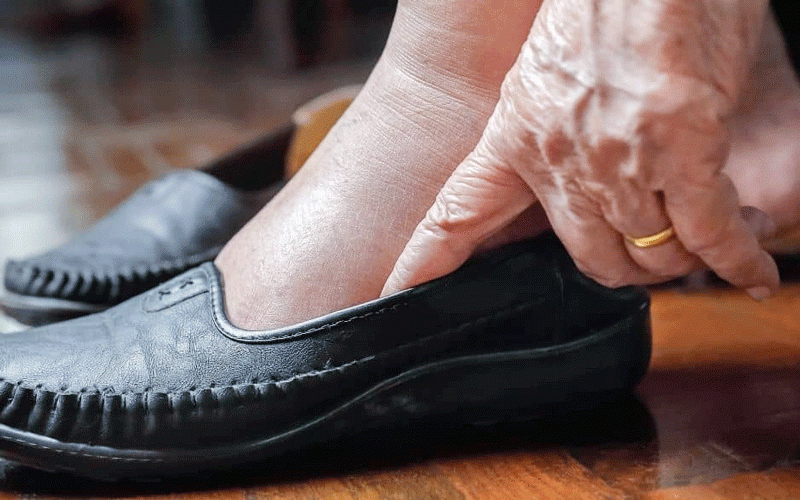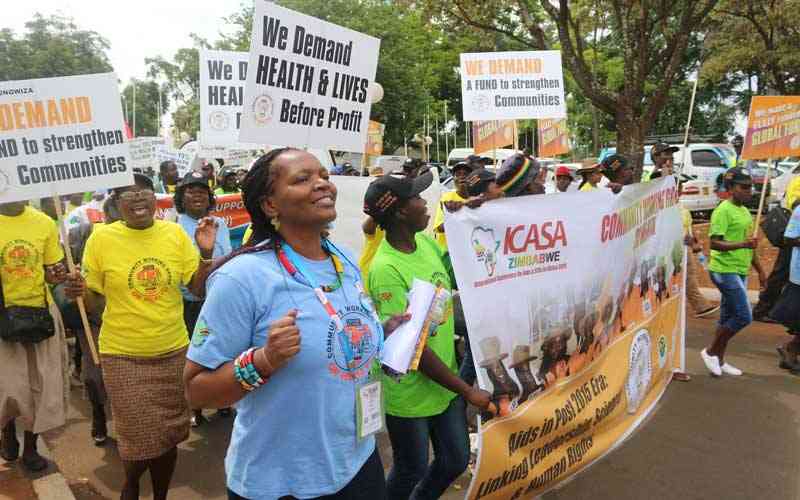
David Mutambara, the executive director of the ZBCA said that PSI Zimbabwe, through the programme, will sensitise employees on the importance of circumcision and offer HIV counselling and testing (HTC) services.
“The services are provided free of charge as part of a campaign to raise awareness on the importance of MC, as one of the methods to reduce HIV infection as well as to provide opportunities for male employees to be circumcised at work place or at static centres,” said Mutambara.He said PSI will also provide a visiting doctor on MC and training for nurses, peer educators and counsellors on care as well as support for the employees who have undergone the MC procedure.
The campaign is expected to run from November 21 to December 17 2011. However, these services will continue to be available after the campaign period.
MC has been proven to be an important method of reducing new infections in HIV-negative people by a factor of up to 60 percent.There are several MC fixed sites dotted across the country. These are found in Harare, Bulawayo, Mutare, Gweru, Concession and Chiredzi.
At least 41 000 Zimbabwean men have been circumcised since 2009 when MC was identified as one of the ways that can slow down the spread of HIV and Aids.
PSI, which is one of the biggest donors behind the programme to have at least 1,2 million men circumcision, said it needed the support of other stakeholders to reach more people.
WHAT IS MALE CIRCUMCISION
- Chamisa under fire over US$120K donation
- Mavhunga puts DeMbare into Chibuku quarterfinals
- Pension funds bet on Cabora Bassa oilfields
- Councils defy govt fire tender directive
Keep Reading
Male circumcision is the surgical removal of some or all of the foreskin (prepuce) from the male organ.
This is an operation as old as mankind, highlighted today by Jewish and Muslim tradition in which all males are usually circumcised as part of their faith. Globally, 665 million men (30% of all males) are circumcised, which is far below the targeted goal. Male circumcision is part of the HIV prevention package that also covers men’s sexual reproductive health.











